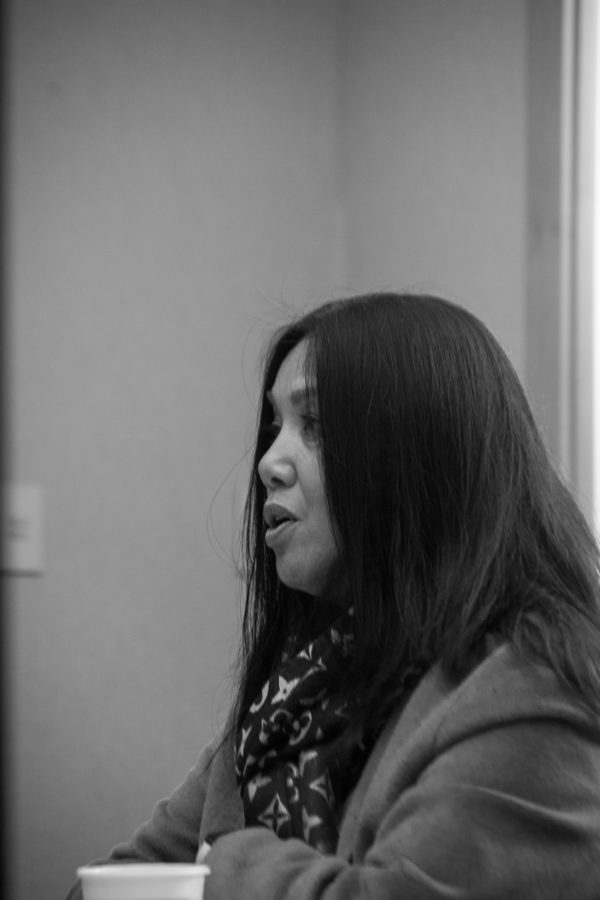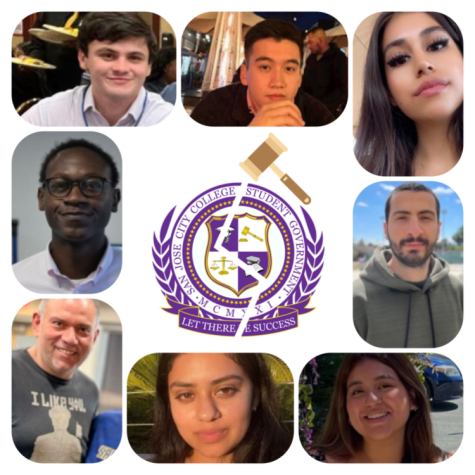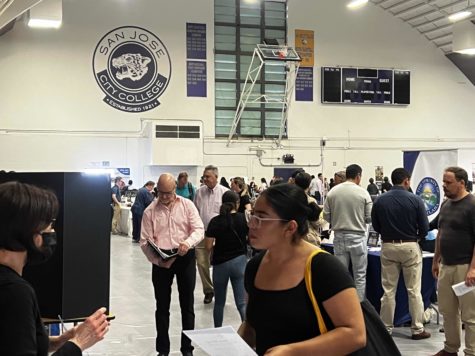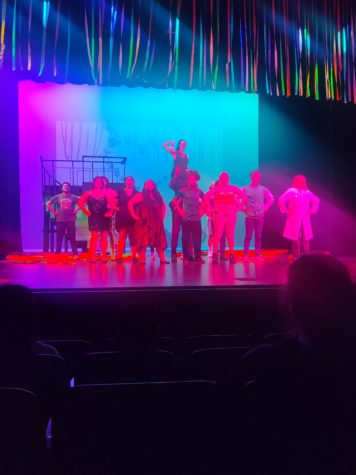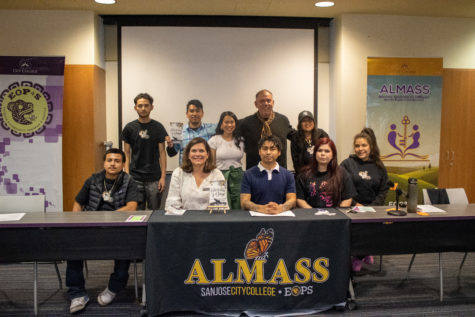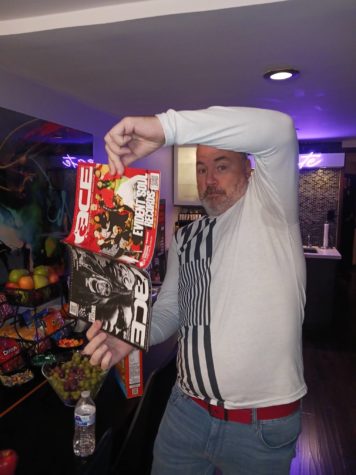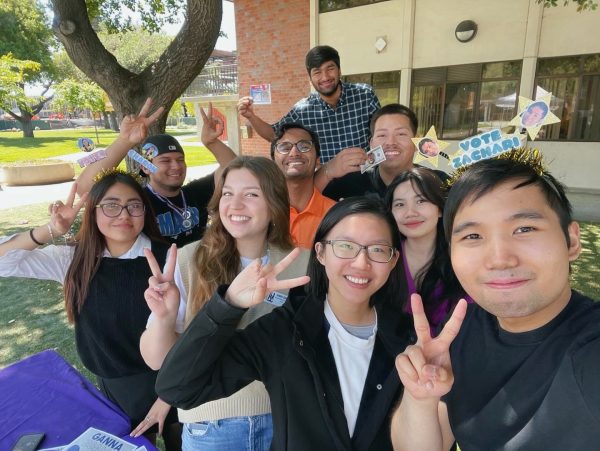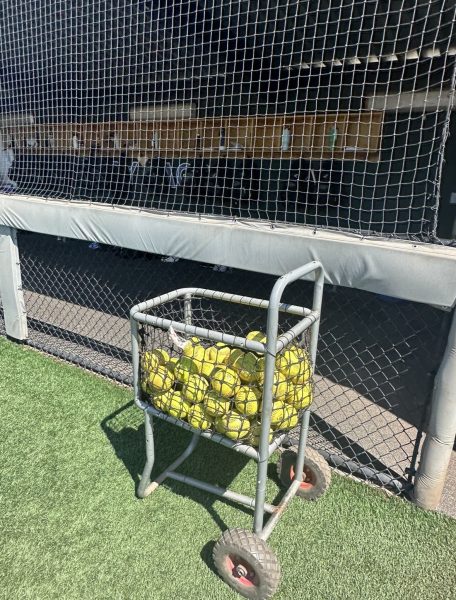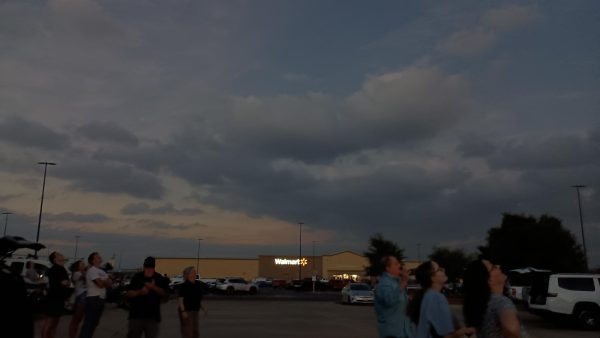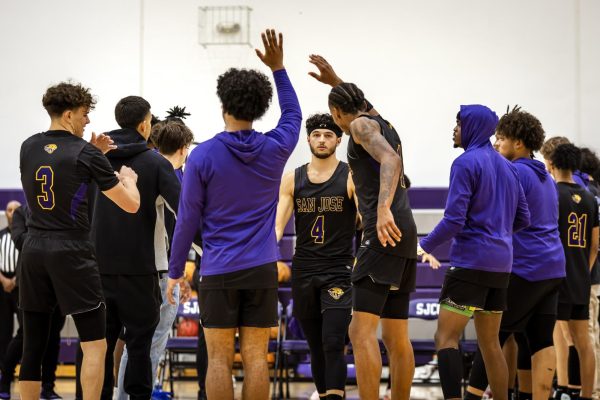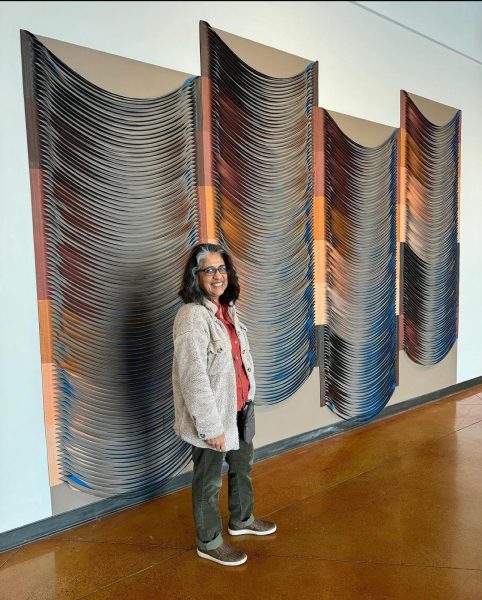As school shootings keep happening, SJCC’s preparedness is under scrutiny
A closer look into the school’s response to a potential active shooter situation
A City Times Investigation
From Columbine High School, to Michigan State University, to the recent killings at Nashville’s Covenant School – the possibility of being shot on a school campus in the United States is one increasingly ingrained into the public consciousness. Since the 2012 massacre at Sandy Hook Elementary School, there have been over 1,000 incidents of gunfire on school campuses nationwide, resulting in 346 deaths and 747 injuries, according to the gun safety nonprofit Everytown for Gun Safety. As efforts for federal gun control legislation have repeatedly stalled due to the nation’s widening partisan divides, educational institutions across the country are caught in the middle, and have been forced to take it upon themselves to create their own protocols for a potential mass shooter, which begs an important question:
If a gunman showed up to San Jose City College, would students and faculty know how to keep themselves safe?
‘You have to be aware’
The City College Times interviewed over a dozen students, faculty and staff about the school’s official policy in the event a shooter came on campus. Despite these leadership approved tactics, many students and staff shared in interviews with The Times that the school lacks a clearly communicated procedure and that they do not feel entirely safe being on-campus. Students interviewed for the story spoke to a collective feeling of anxiety that spreads across campus when they hear news of yet another school shooting.
For James Kutz, a 31-year-old web and interactive design major, he said that he feels the volume of mass shootings in this country is “incredibly frustrating.”
“I have two kids, so even off campus and going to regular schools, even dropping them off and just thinking about leaving them there – it feels like nowhere is safe,” he said.
Jasmine Rodriguez, 23, a student in the Dental Assistant program, feels similarly and said that the rash of mass shootings in recent memory makes her feel scared for her daughter.
“She’s only one. But as she gets older, she’s going to have to go to school. So it scares me a little bit thinking about taking her,” Rodriguez said.
Sierra Claese, 19, another Dental Assisting student, said that she feels deeply uncomfortable with SJCC’s lack of active shooter preparedness drills, but still advocated for vigilance from students about the potential for a mass shooting.
“I think as a student, you have to be aware of the bad that could happen,” she said.
Claese’s perspective is not without precedent – 25% of all mass shootings happen on a school campus, according to the Nelson A. Rockefeller Institute of Government, the research arm of New York’s state university system and a self-described policy think tank.
The Washington Post also tried to tally every shooting at a K-12 school since 1999, which amounted to 377 in total. Last year had the highest count on record with 46 shootings, beating 2021’s then-record quantity of 42. The Post’s tracking revealed that, “More than 349,000 students have experienced gun violence at school since Columbine” and that there have already been 18 incidents of gunfire on a primary or secondary school campus in 2023.
Campus Safety Magazine, an online publication primarily aimed at those on school campuses making major security-related decisions, reported that 12 mass shootings have happened on a college or university campus since 1966, with seven of them occurring since 2010.
Still, awareness comes at a cost. Jammaar Hall, a 33-year-old psychology major, said he thinks that mass shootings on college campuses greatly affect the mental health of students, which is a claim likely backed by the available data. Around 70% of adults interviewed by the American Psychological Association in their October 2022 “Stress in America” survey reported mass shootings as a significant source of stress.
“It’s not something you can just get over overnight,” Hall said.
Xavier Cortez, 17, a biotech major, said that for him, “It’s just scary to think it could happen at any place or school.”
Kutz, sharing similar anxieties, said, “There’s a thought in the back of your mind – what if today is just the unfortunate day?”
‘We need to have something in place’
“Anything’s possible,” said Police Lieutenant Raul Martinez when asked if he was scared that an active shooter scenario could occur at SJCC. Martinez, who manages the San José-Evergreen Community College District Campus Safety Department, would likely be responsible for coordinating the school’s initial response in the crucial first few seconds after an active shooter was reported on-campus.
One of Martinez’s first suggestions in preparing for an active shooter scenario was that students should read the emergency preparedness literature on the district’s website, and that young adults in college should spend time independently to prepare for a worst case scenario to do their part to self-educate.
This is a recommendation Martinez does not exclusively apply to SJCC students.
“I tell my [own] kids….You are teenagers, I expect you to review and follow the guidelines,” he said.
When interviewed by The Times, Martinez often cited outreach to the student body as his main goal since being promoted to Lieutenant last September. Yet, when questioned about whether he felt there were better and more accessible ways to reach students about preparedness for a mass shooting in addition to a webpage, Martinez pointed to a Campus Police Instagram Page with just 114 followers, as well as RAVE – a text alert system that, by his own admission, not every student is signed up for.
When asked further about whether the Campus Police Instagram page had ever collaborated with the main SJCC Instagram account that shares important on-campus information, often in real time, Martinez told Times reporters that such a team-up, “…would be a great idea,” but that his department did not want to overstep boundaries. He also cited a perceived stigma against police officers as the primary reasoning behind the Campus Police account’s isolation.
Martinez also admitted he feels that ideally, drills for students for active shooter preparedness would be a more frequent schoolwide occurrence. But he pointed to scheduling conflicts as a primary motivation for their regular absence from the school’s calendar.
“Everybody has different priorities in life, but trying to get a big training day will benefit us, overall,” Martinez said. “At the same time, a lot of it depends on the people’s schedule [and it] depends on people’s attitude.”
The school’s top executive, SJCC President Rowena Tomaneng, discussed the need for a more transparent and visible active shooter procedure that all students and staff could readily access.
Although she did not readily know the exact number of emergency preparedness drills that are held on-campus for students and staff, or how frequent, she said Campus Police Chief Thomas Morales has plans to potentially host on-campus trainings later this year.
“I told Vice President William Garcia recently, I feel very strongly that if you don’t have any active shooter training in the orientation for new students, or students currently, we need to have something in place,” Tomaneng said in an interview with The Times.
For students who feel increasing anxiety over these issues, she recommended that students get in touch with an Associated Student Government representative if they are concerned about the school’s active shooter protocols. She also said her administration is working with the teacher’s union to make active shooter training mandatory for all faculty.
Tomaneng said that for her administration, “…safety is the number one priority.”
Tomaneng spoke of her own experience with a campus shooting scare while she was at De Anza College. She said the shooter was fortunately arrested before anything could transpire. Tomaneng also shared that she carries a few lingering doubts in regards to SJCC being fully prepared for an active shooter.
“I don’t think all students know what to do [in an active shooter scenario], because I don’t know what level of active-shooter experience they’ve had prior to coming to SJCC,” she said.
‘I’m not sure how prepared we are’
“I can still remember Columbine, so I can still remember all of the schools,” said Ellie Jean Kresse, a student and METAS representative. “Every year, more and more school shootings have been happening.”
She shared that for her, the pattern of school shootings has caused feelings of “utter heartbreak”, and expressed frustration about the lack of progress in preventing them.
“Why weren’t we doing more for mental health? Why weren’t we doing more to reach out? I’ve been asking these questions for a very long time,” Kresse said.
Andres Rodriguez, an Ethnic Studies professor, also expressed his disappointment with the current state of affairs.
“There’s still a lack of a desire to really want to change things for the betterment of everyone,” Rodriguez said.
Congress only recently passed a bipartisan gun control bill last June, in the wake of the shooting deaths of 21 victims at Robb Elementary School in Uvalde. It was the first such major gun control law to pass through both legislative houses since 1994’s now-expired assault weapons ban, bypassing an attempted Republican filibuster by a mere six votes.
The lack of consistent progress in regards to gun control, even after broad cultural movements such as 2018’s March For Our Lives, places effective training of students and faculty in a greater spotlight, as they are the unequivocal first line of defense in an active shooter scenario.
Still, Rodriguez said he did not feel the training he received as a faculty member was particularly effective, describing them as largely consisting of “scare tactics.”
“I get the purpose of [the training], but I’m not sure if it necessarily prepared us,” he said. “There really hasn’t been much follow-up training or preparation.”
Zerrin Erkal, an English as a Second Language instructor, said she was not confident if she would have any idea what to do in the event a mass shooter showed up on-campus. Erkal also did not know if the doors into her classroom locked, a concern corroborated by Rodriguez. She expressed a strong desire to discuss mass shooting protocols with her students.
“I’m not sure how prepared we are,” Erkal said.
Erkal emphasized open communication between students, faculty and the school’s administration to ensure everyone is prepared, and to keep an eye out for emergency preparedness announcements from the schools’ leadership team.
Despite these worries, which have led her to prepare her students for a worst case scenario, she said she still fears that a general lack of preparedness could lead to catastrophe if an active shooter situation were to occur on-campus.
“It scares me,” Erkal said. “It’s not a joke when somebody comes in with a rifle, right?”
Have you ever had an experience with an on-campus emergency that you’d like to share or have concerns with SJCC’s emergency preparedness? Email the City College Times: [email protected].
Your donation will support the student journalists of San Jose City College. Your contribution will allow us to purchase equipment and cover our annual website hosting costs.

